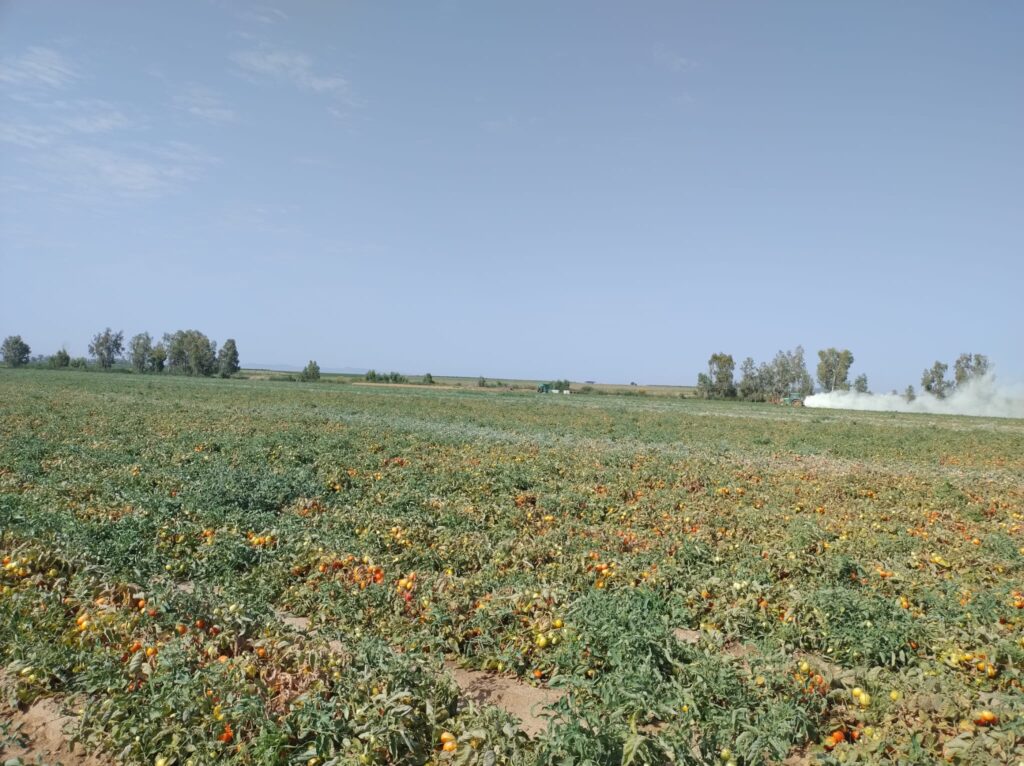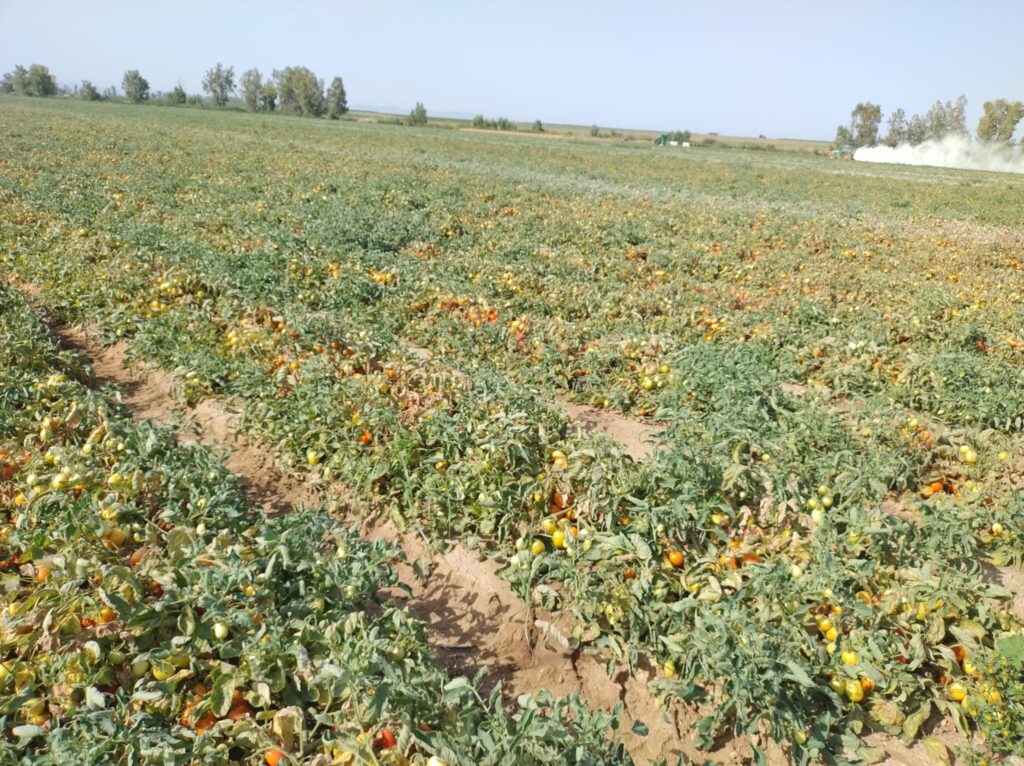The Tetranychus urticae, colloquially known as the red spider mite, is a notorious pest within the agricultural sector. Despite its common name, it is not an arachnid but rather a mite, and it is recognized as one of the most polyphagous species within its classification. The red spider mite is characterized by its ability to produce silken threads, contributing to its misleading nomenclature.
The primary mode of sustenance for Tetranychus urticae is the sap of plants. As it feeds, it induces deleterious effects on the host plant, including discoloration and desiccation. The most prevalent symptoms of an infestation include the appearance of whitish or yellowish spots and bulges on the adaxial surface of the leaves. This is typically followed by desiccation and, ultimately, abscission. The mites also consume mature fruits, leaving a diffuse mottling across their entire surface. The feeding mechanism of Tetranychus urticae involves a sucking mouthpart, which leads to the aforementioned discoloration and yellowing. Furthermore, these mites often cover the abaxial surface of the leaves with silken tissue, which serves as a habitat for the pest. In the event of a previous infestation by Tetranychus urticae, it is imperative to eliminate all remnants of the affected crops thoroughly and to maintain stringent control over the proliferation of weeds. This is because these remnants and weeds can act as reservoirs for the pest, thereby exacerbating the infestation. Additionally, it is paramount to ensure that crops are optimally fertilized to enhance their resistance against potential pests and diseases. However, using nitrogenous fertilizers should be circumvented as they can inadvertently foster the proliferation of pests such as red spider mites.
The red spider mite exhibits a predilection for hot, dry conditions. Conversely, a humid environment can harm these pests, significantly reducing their colonies. As such, an effective preventative measure is the application of water to the abaxial surface of plants, which can create an unfavorable environment for the mites and inhibit their establishment. In the context of greenhouses, it is recommended to install mesh screens on all openings. These screens can function as a barrier against the ingress of pests. However, it is equally crucial to regularly inspect these screens for any signs of deterioration, as this could compromise their efficacy.
Crop rotation is another advantageous practice that can contribute to the eradication of the red spider mite. This strategy disrupts the pest’s lifecycle, impeding its ability to establish a large, stable population. In the face of severe infestations, removing and destroying the leaves located at the lower part of the plant may be necessary, as these are often the areas most heavily infested. When planning for a new plantation, it is advisable to allow a significant temporal gap between the old and new plantations. This can help to minimize the risk of the pest re-emerging in the new crops. Finally, during routine crop operations, it is essential to exercise caution to avoid inadvertently transporting the pest on work attire or tools. This can be achieved by regularly cleaning and disinfecting these items.




I love what you guys tend to be up too. Thhis kind of clever work and coverage!
Keep up tthe wonderful works guys I’ve added you guys to my blogroll. https://Odessaforum.biz.ua/